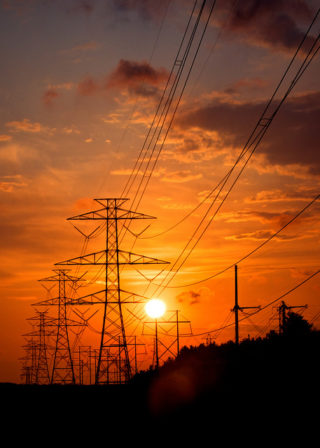Everyone hates paying for something that they don’t use (how
many cable channels do you have?). In California, local electricity customers
may finally get satisfaction about paying for the transmission grid capacity
that they don’t use.
At issue is an obscure pricing mechanism known as Transmission Access Charges.
These charges are meant to capture the cost of delivering power to customers,
but the fees don’t distinguish between distant or local energy sources. So a
customer pays a transmission fee on all the power they consume, whether it was
produced next door or 500 miles away.
With this problematic pricing mechanism, the charges don’t
decline when a customer’s on-site or nearby power generation increases, even
though such distributed power generation doesn’t use the greater transmission
system. The fees are substantial, adding as much as 3¢ per kilowatt-hour to the
cost of distributed energy. Plus, the more Californians install solar technology
and reduce demand for long-distance power transmission, the less these charges
make any sense.

